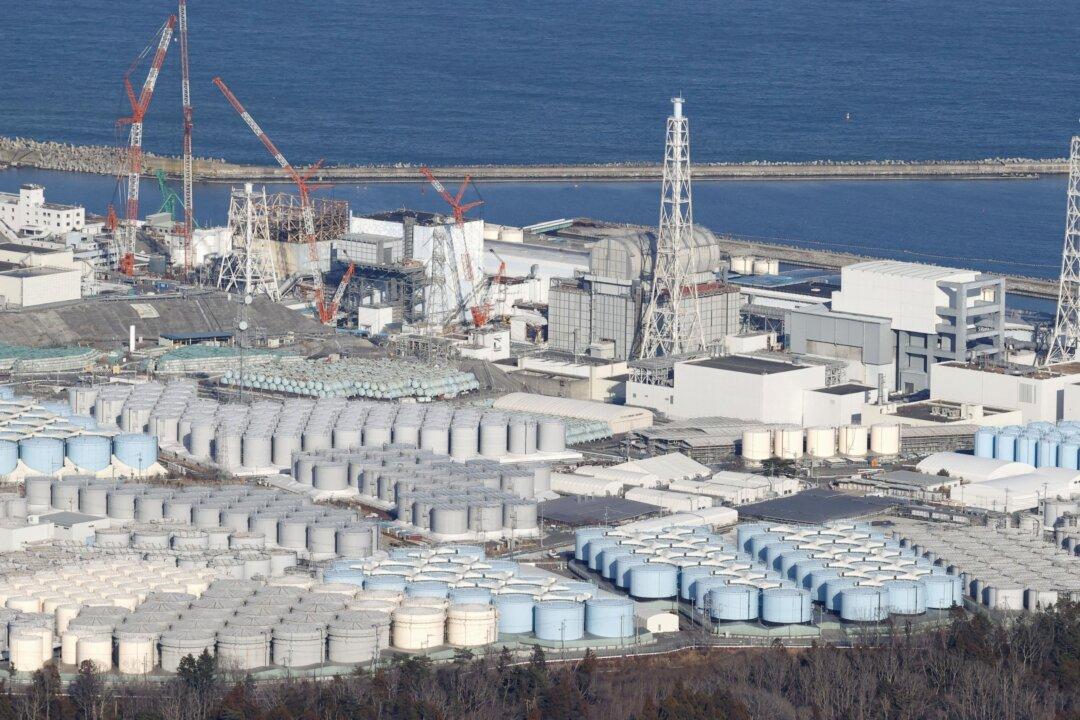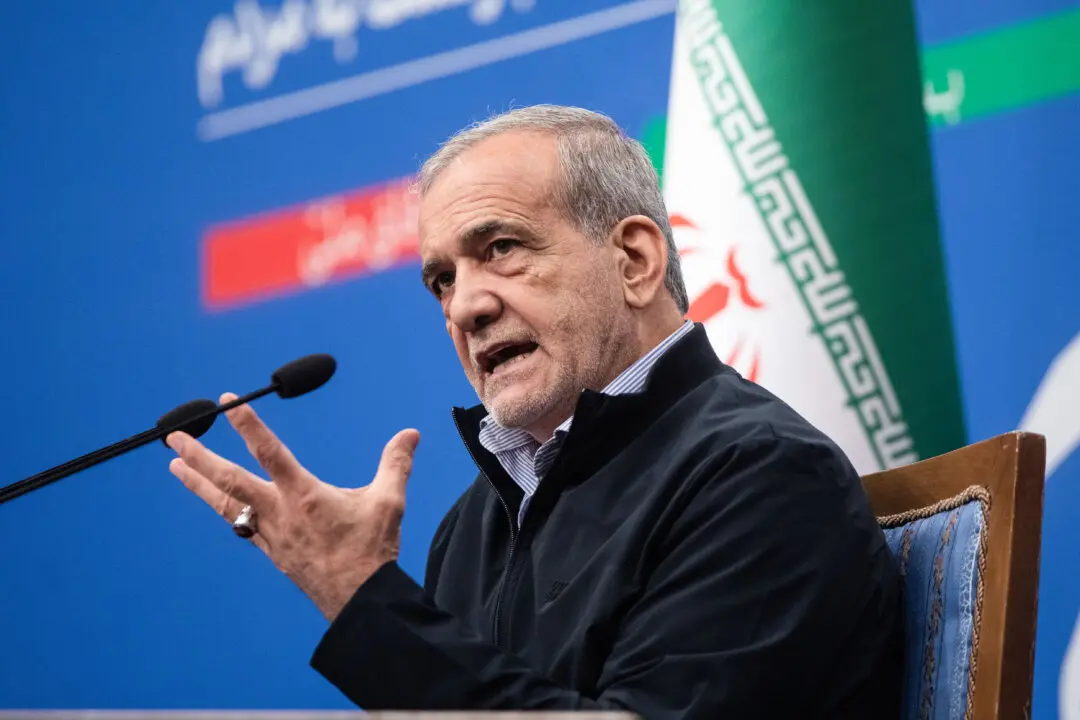Japan on Tuesday confirmed it will release nuclear wastewater into the Pacific Ocean in a few days amid neighboring countries’ concerns.
“We expect the discharge to begin on Aug. 24 if weather and sea conditions do not hinder it,” Prime Minister Fumio Kishida told reporters after a cabinet meeting in Tokyo, asking the plant operator, Tokyo Electric Power Company, to make preparations.





